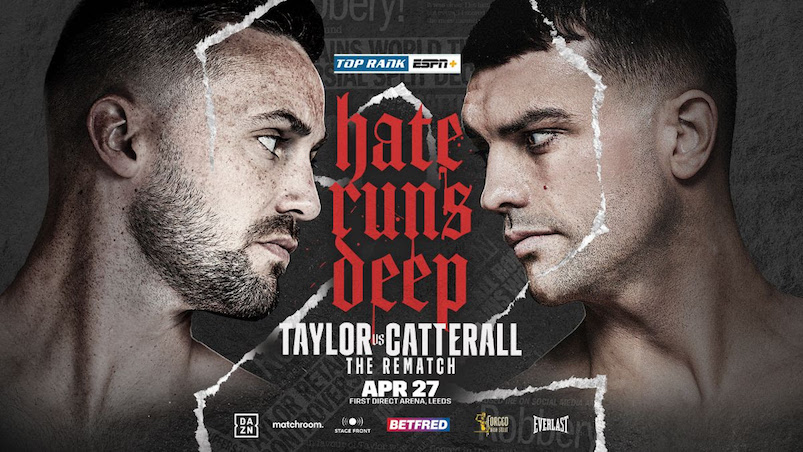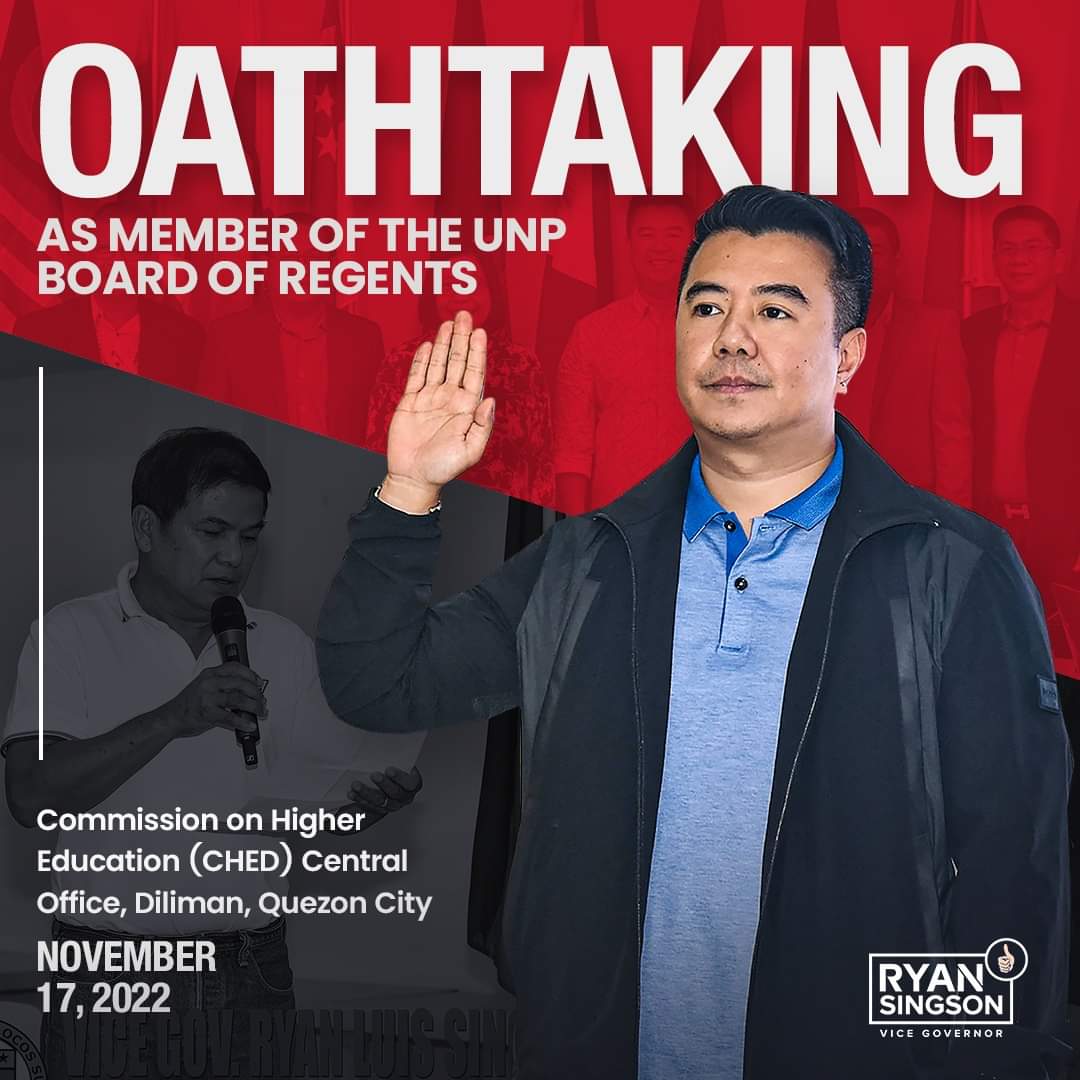In an attempt to cut down on Hack-a-Shaq incidents, the NBA approved changes to deliberate away-from-the ball plays at Tuesday’s owners meetings in Las Vegas.
These rule changes will go into effect starting with the 2016-17 season, according to a news release from the league:
- “The current rule for away-from-the-play fouls applicable to the last two minutes of the fourth period (and last two minutes of any overtime) – pursuant to which the fouled team is awarded one free throw and retains possession of the ball – will be extended to the last two minutes of each period.”
- “For inbounds situations, a defensive foul at any point during the game that occurs before the ball is released by the inbounder (including a “legitimate” or “natural” basketball action such as a defender fighting through a screen) will be administered in the same fashion as an away-from-the-play foul committed during the last two minutes of any period (i.e., one free throw and possession of the ball).”
- “The flagrant foul rules will be used to protect against any dangerous or excessively hard deliberate fouls. In particular, it will presumptively be considered a flagrant foul if a player jumps on an opponent’s back to commit a deliberate foul. Previously, these type of fouls were subject to being called flagrant but were not automatic.”
It is a compromise that NBA commissioner Adam Silver sought. Once on the fence about the Hack-a-Shaq issue, Silver began to acknowledge that changes were necessary.
“In looking at the data and numerous potential solutions to combat the large increase in deliberate away-from-the-play foul situations, we believe these steps offer the most measured approach,” NBA Executive vice president of basketball operations Kiki VanDeWeghe said. “The introduction of these new rules is designed to curb the increase in such fouls without eliminating the strategy entirely.”
Silver said "our projections are that with the rule changes we put in place, we’ll reduce roughly 45% of the incidents of the away-from-the-play fouls right now."
Teams can still utilize Hack-a-Shaq, but these rules are an initial attempt to reduce the number of times it happens during the season.
“I’ve said it before, for example, when Hack-a-Shaq (is) done something like more than roughly ten times a game, it adds about 15 minutes to the length of the game,” Silver said at his NBA Finals news conference. “Not only is that something that is bad for our network partners, but for all of the fan research we have shows that the fans hate it. So there may be a compromise in there where we can cut it down significantly. It still remains an advantage for those teams that don’t have one of those players or, said differently, a disadvantage to those teams.”
Silver said Hack-a-Shaq incidents were up 16 times in 2015-16 compared to five seasons ago. From 2014-15 to 2015-16, the number of times teams used Hack-a-Shaq increased 2½ times.
The reason the league didn’t eliminate Hack-a-Shaq? Teams like having that option at their disposal. It requires 2/3 of the league’s owners to approve a rule, and there isn’t that kind of support. Silver acknowledged the vote on the new rules was not unanimous.
"I'm also being a realist in terms of how much we can get through," Silver said.





